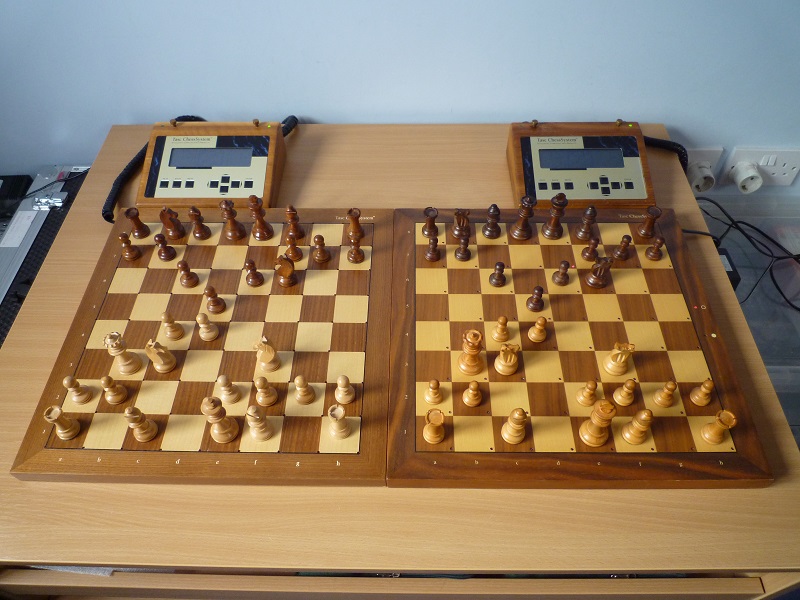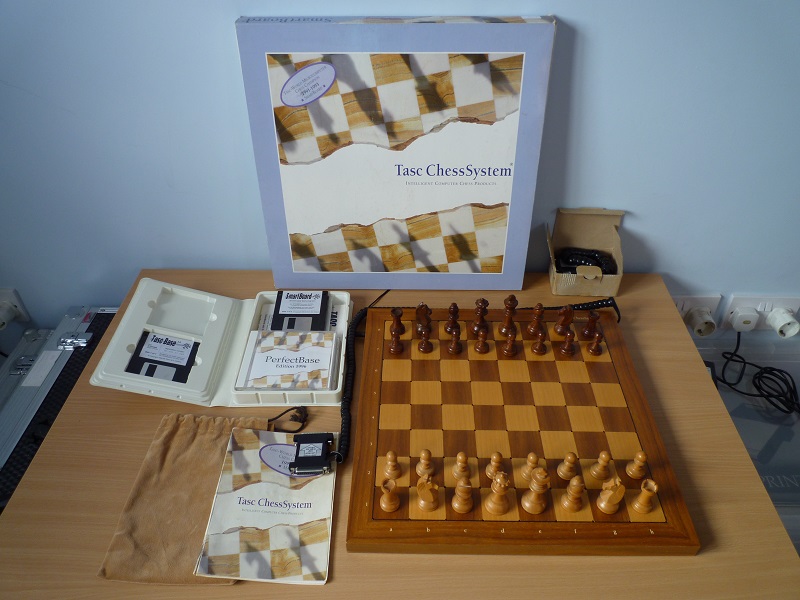|
Tasc R30s arrived in July 1993 with a 2.2 version of Johan de Koning’s program The King. The King had achieved a string of impressive results at World Microcomputer Chess Championships, 4th at Lyon 1990, 3rd at Vancouver 1991, and 2nd at Munich 1993.
The R30 made an immediate impact. Chess computer sales of the top end models had been drying up as PC chess software (like Fritz and Chessbase) running on ever faster hardware took over. The PC software was much cheaper and more flexible and PC chess was no longer inferior to the best chess computers in strength either. Anyway the Tasc R30 got rave reviews in Selective Search and Schach & Spiele and promised to more than match the advance of PC chess for a while. I bought one in January 1994 after weeks of agonising as to whether I should spend that much on a chess computer. Its list price was £1,495, but I paid £795 plus a Novag Super Expert B6 in part exchange. The price seemed worth it though as the R30 was a joy to use and went straight to the top of the ratings lists.
The R30 really was a major step forward with it’s fast RISC chip, piece recognition board, impressive separate computer unit featuring a graphical display, comprehensive and easy to use menu system and all the options and information you could wish for. Add to this the quality components and finish all round. Of course, the other vital attraction was the 2350-2400 Elo playing strength. In 1995 a new version of the program 2.5 was released and I upgraded my R30 with the new chips.
|

